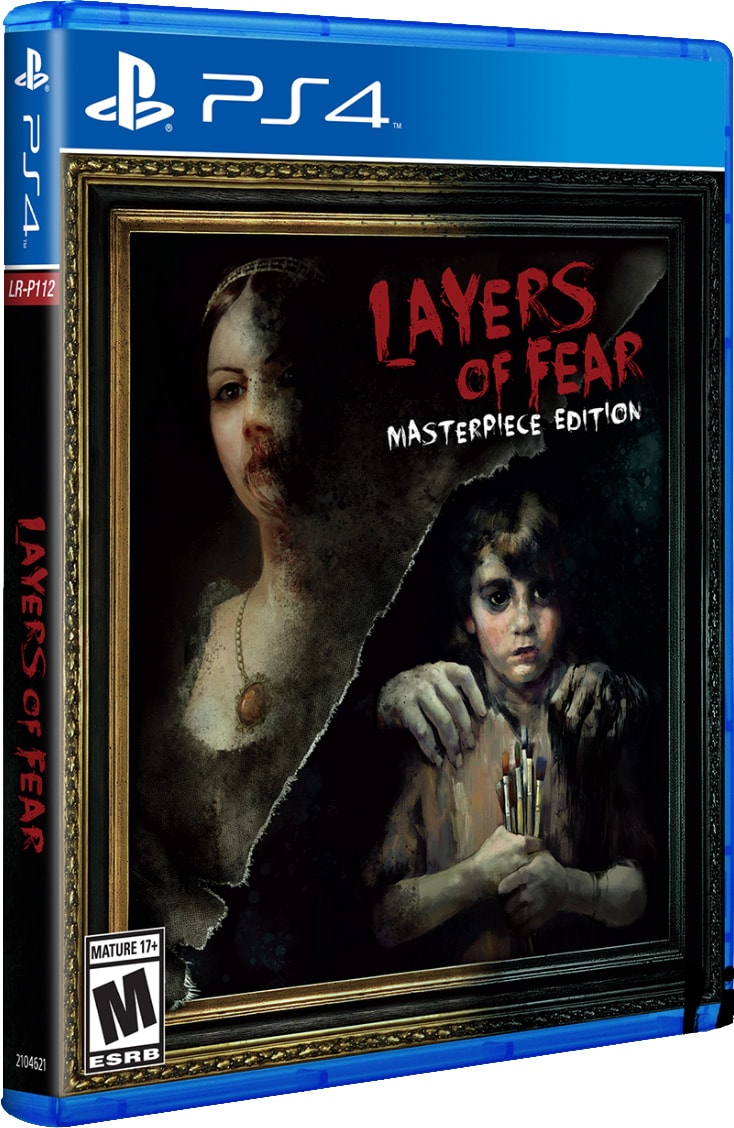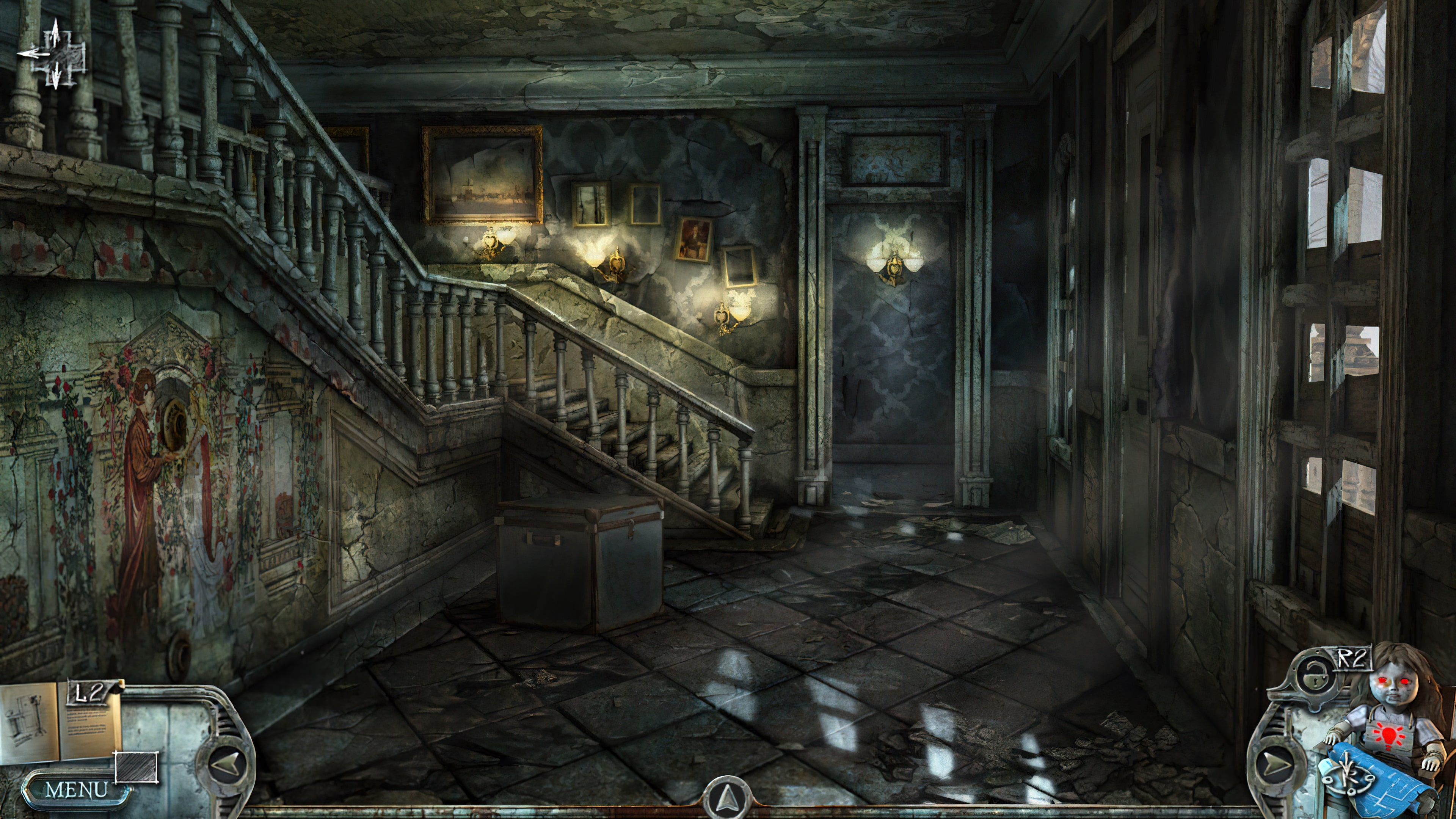
But as it stands, slaying demons is easily Hellblade’s weakest point.įailing in fights and puzzles causes Senua’s arm to rot, which will rise up to her head with each subsequent failure. Had fights been scaled down to half the length, the repetitive nature of its systems might have been less noticeable. All of these things made Hellblade’s combat often feel more like an elongated chore, despite its solid foundation. Enemy encounters also felt like they lasted just a little too long, as if half the demons I fought in any one section were added as padding. Despite multiple classes of enemies, most of them can be handled with the same tactics, especially when the game’s Focus mechanic is introduced, which allows Senua to slow down time and take advantage of the opening. It’s intuitive-which is good because the game forgoes a proper tutorial-with a focus on timing, parrying, and openings. As a result, combat in Hellblade is relatively simple. Unlike other games by Ninja Theory like DMC: Devil May Cry and Heavenly Sword, Hellblade is a decidedly methodical action game, focusing more on one-on-one combat than dealing with large groups as stylishly as possible. In the meantime, I travelled through these desolate worlds, fighting demons and solving puzzles, which, while solid in their own right, did make Hellblade feel tedious and repetitive at times. Later areas and set pieces up the visual spectacle as Senua’s mental state deteriorates, so while it’s not always a massive visual showcase, Hellblade does capture a sense of dread and misery in its dark palette and Lovecraftian characters and environments. Hellblade‘s dark and dreary aesthetic is in line with the game’s tone, as it portrays a desolate and worn-down world. But for much of the game, Hellblade is enigmatic about the true nature of this world, and what it is that pushes Senua to face these dangers. Flashbacks and other illusions help illustrate what brought Senua to this demon-ridden land, each punctuated by excellent digital acting, both in performance and stellar animation.

Senua is isolated for the entirety of her journey, so between the big story sections, all there is to keep her company are the voices in her head. Between constant remarks of self-doubt and self-loathing, these voices are almost all the exposition Hellblade offers in the moment to moment.
#Fear game ps4 full#
If you can, play Hellblade with headphones in order to get the full experience, as these voices help stimulate the psychosis at the game’s core. These voices, the stars of Hellblade’s stellar sound design, are almost constantly making remarks illustrating Senua’s mindset. Standalone game for anyone to enjoy.Hellblade: Senua’s Sacrifice gameplay image – via Ninja TheoryĪt the outset, Hellblade forgoes a lot of concrete exposition in favour of contextual remarks from the voices its protagonist Senua hears. 4 years in the makingĪnd picking up several modding awards on the way, it is now a free, Same vein as the classic survival horror games of old.


Not everything is as itĬry of Fear originally started out as a Half-Life 1 modification, set in the Through the grim streets of Fäversholm and beyond. Lateral thinking, players will be taken on a nightmare rollercoaster-ride

With a strong emphasis on cinematic experience, immersion and Scandinavian night, finding his way through the city as he slowly descends Play as a young man desperately searching for answers in the cold Cry of Fear is a psychological single-player and co-op horror game set in aĭeserted town filled with horrific creatures and nightmarish delusions.


 0 kommentar(er)
0 kommentar(er)
